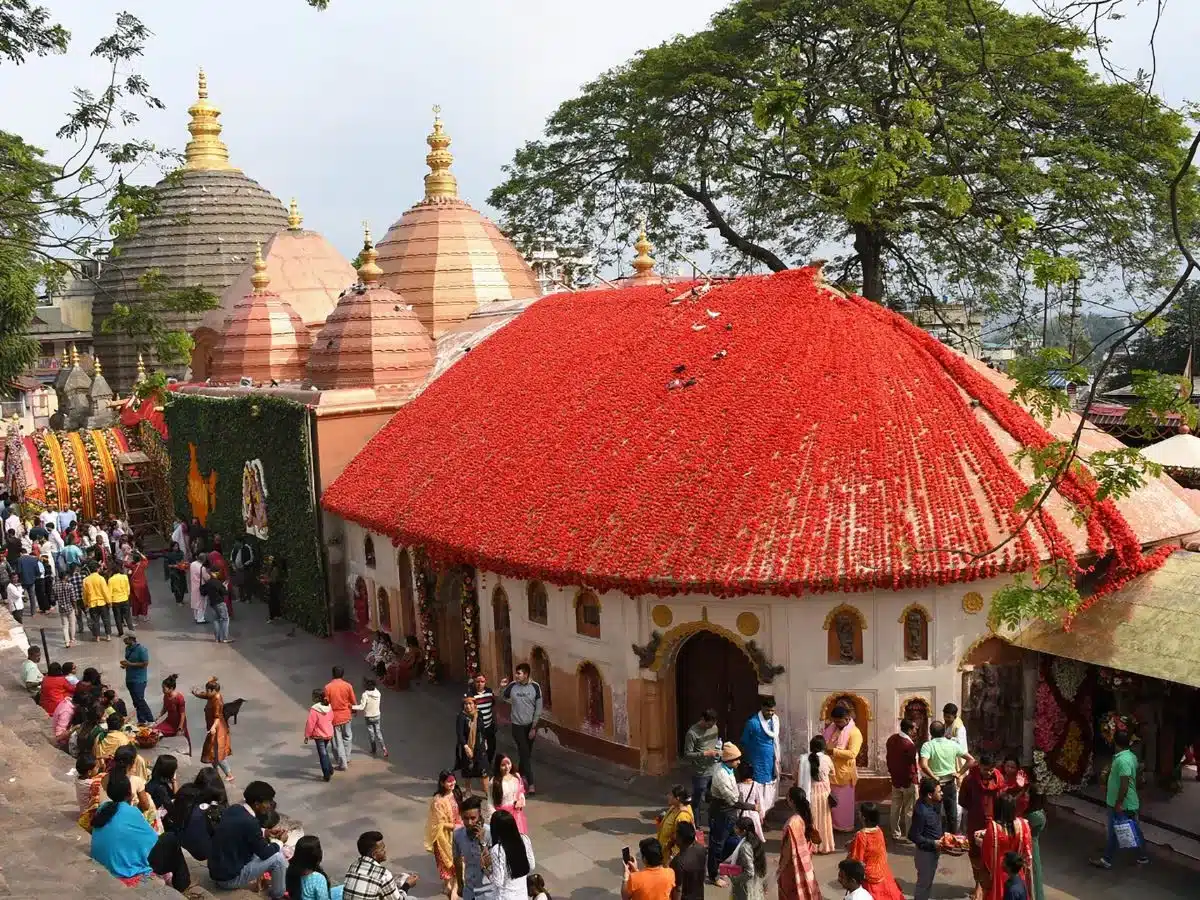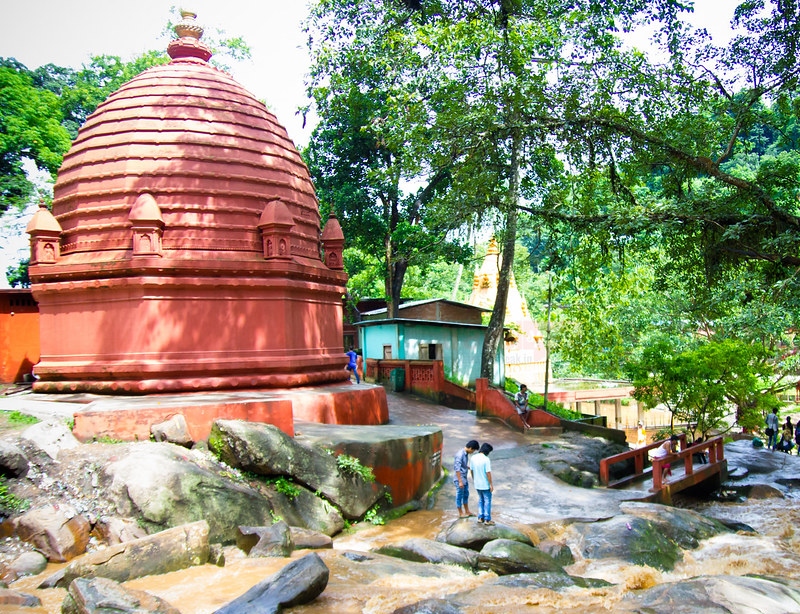Exploring the Wilderness
Dibru-Saikhowa National Park, Assam
Dibru-Saikhowa National Park, a paradise for nature lovers and wildlife enthusiasts, is one of the most captivating and diverse ecosystems in Assam. Located in the floodplains of the Brahmaputra and Lohit rivers in the Tinsukia district, this national park is a blend of pristine wilderness, exotic wildlife, and picturesque landscapes. Spanning an area of 340 square kilometers, Dibru-Saikhowa is a biosphere reserve that plays a vital role in preserving the rich biodiversity of the region.
A Haven of Biodiversity
Dibru-Saikhowa is home to an astonishing array of flora and fauna, making it a biodiversity hotspot. The park's landscape is a mix of swamp forests, moist deciduous forests, and grasslands, creating a perfect habitat for a variety of species. It is one of the few places in India where the elusive and endangered white-winged wood duck can be found. Additionally, the park is known for its population of feral horses, a rare sight in the Indian wilderness.

Birdwatchers will find Dibru-Saikhowa particularly enchanting, as it is designated as an Important Bird Area (IBA) due to its rich avian diversity. Over 500 species of birds, including resident and migratory species, can be spotted here. Notable birds include the spot-billed pelican, greater adjutant stork, and black-breasted parrotbill. The park's wetlands and water bodies attract a variety of migratory birds, making it a birdwatcher's paradise, especially during the winter months.

Wildlife Encounters
Apart from its avian treasures, Dibru-Saikhowa is also home to several mammalian species. Visitors might encounter the Bengal tiger, Indian leopard, clouded leopard, and hoolock gibbon. The park's riverine environment supports a healthy population of river dolphins, particularly the endangered Gangetic river dolphin, which can be seen gracefully swimming in the waters.

Reptiles and amphibians are also well-represented, with species like the king cobra, python, and monitor lizard found in the park. The diverse habitats support a complex food web, ensuring the survival of these species in the wild.
The Feral Horses of Dibru-Saikhowa
One of the unique attractions of Dibru-Saikhowa is its population of feral horses. These horses, descendants of domestic animals left behind during World War II, have adapted to the wild and roam freely in the park. They are a rare and intriguing sight, adding to the park's allure. Watching these majestic animals gallop through the grasslands is a mesmerizing experience, reflecting the untamed spirit of the park.

Adventure and Eco-Tourism
Dibru-Saikhowa National Park offers numerous opportunities for adventure and eco-tourism. The park can be explored through guided boat rides, which provide a unique perspective on the park's aquatic and avian life. The boat rides along the Dibru and Saikhowa rivers offer a tranquil and immersive experience, allowing visitors to observe the park's wildlife up close.
For those who prefer land-based exploration, there are several trekking routes that lead through the park's varied landscapes. These treks offer a chance to discover the park's flora and fauna on foot, providing a deeper connection with nature. The serene environment, coupled with the thrill of spotting wildlife, makes trekking in Dibru-Saikhowa an unforgettable experience.
Conservation Efforts
Dibru-Saikhowa National Park is not just a tourist destination but also a critical conservation area. The park's status as a biosphere reserve highlights its importance in preserving the region's biodiversity. Conservation efforts focus on protecting the park's unique ecosystems and endangered species, such as the white-winged wood duck and the Gangetic river dolphin. The park management, in collaboration with various environmental organizations, works tirelessly to ensure that Dibru-Saikhowa remains a sanctuary for wildlife.

Best Time to Visit
The best time to visit Dibru-Saikhowa National Park is from November to April, when the weather is pleasant and the chances of wildlife sightings are higher. During this period, migratory birds flock to the park, adding to its avian diversity. The monsoon season, from May to October, is best avoided as the park is prone to flooding due to its location in the Brahmaputra floodplain.

How to Reach
Dibru-Saikhowa National Park is accessible by road, rail, and air. The nearest town is Tinsukia, which is well-connected to major cities in Assam. The nearest railway station is Tinsukia Junction, and the nearest airport is Dibrugarh Airport, about 40 kilometers away. From Tinsukia, visitors can hire taxis or take local buses to reach the park.
Conclusion
Dibru-Saikhowa National Park is a hidden gem in Assam's rich natural heritage. Its diverse ecosystems, rare wildlife, and serene landscapes make it a must-visit destination for anyone seeking to experience the raw beauty of nature. Whether you're a birdwatcher, wildlife enthusiast, or adventure seeker, Dibru-Saikhowa offers an unforgettable journey into the heart of Assam's wilderness.
















